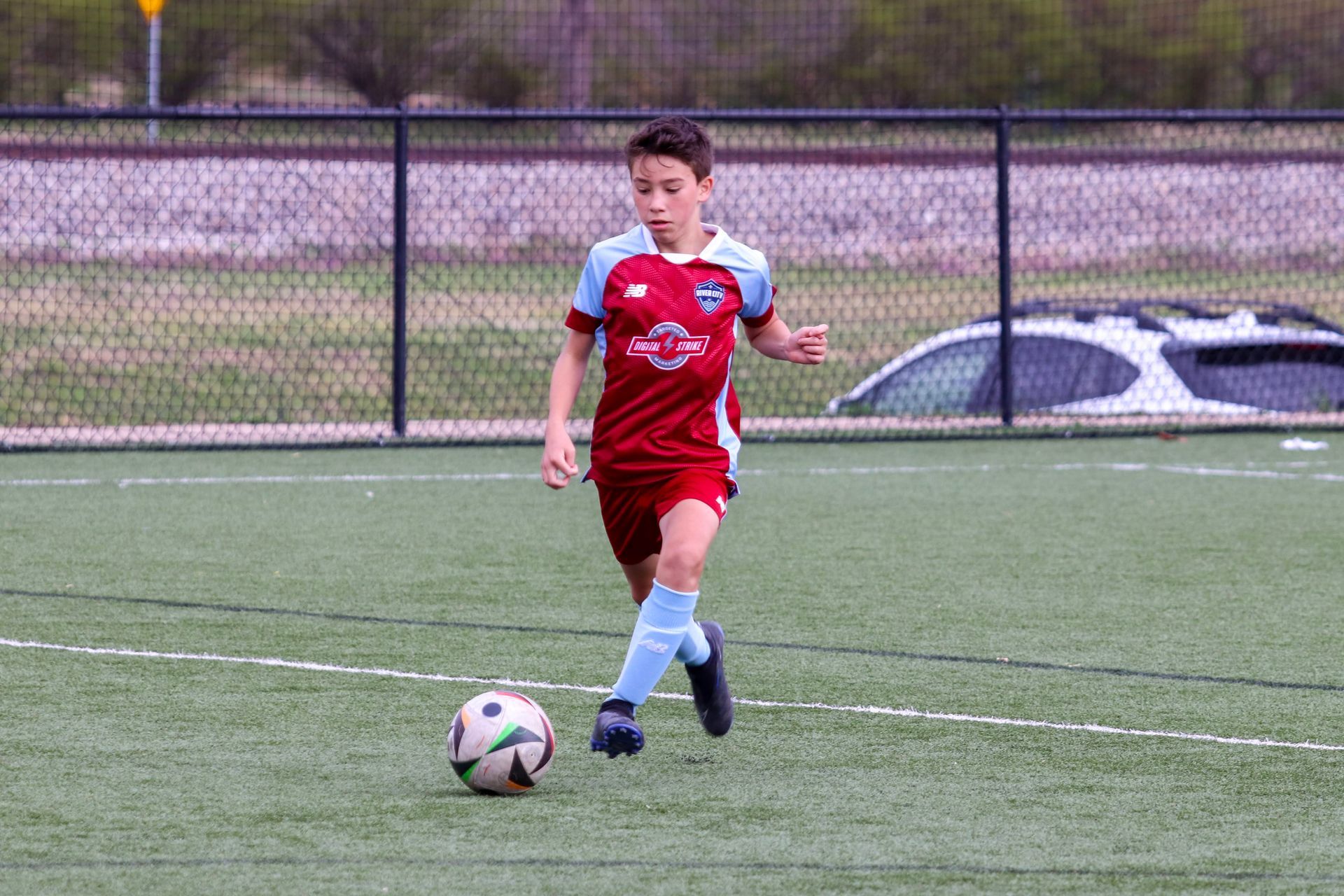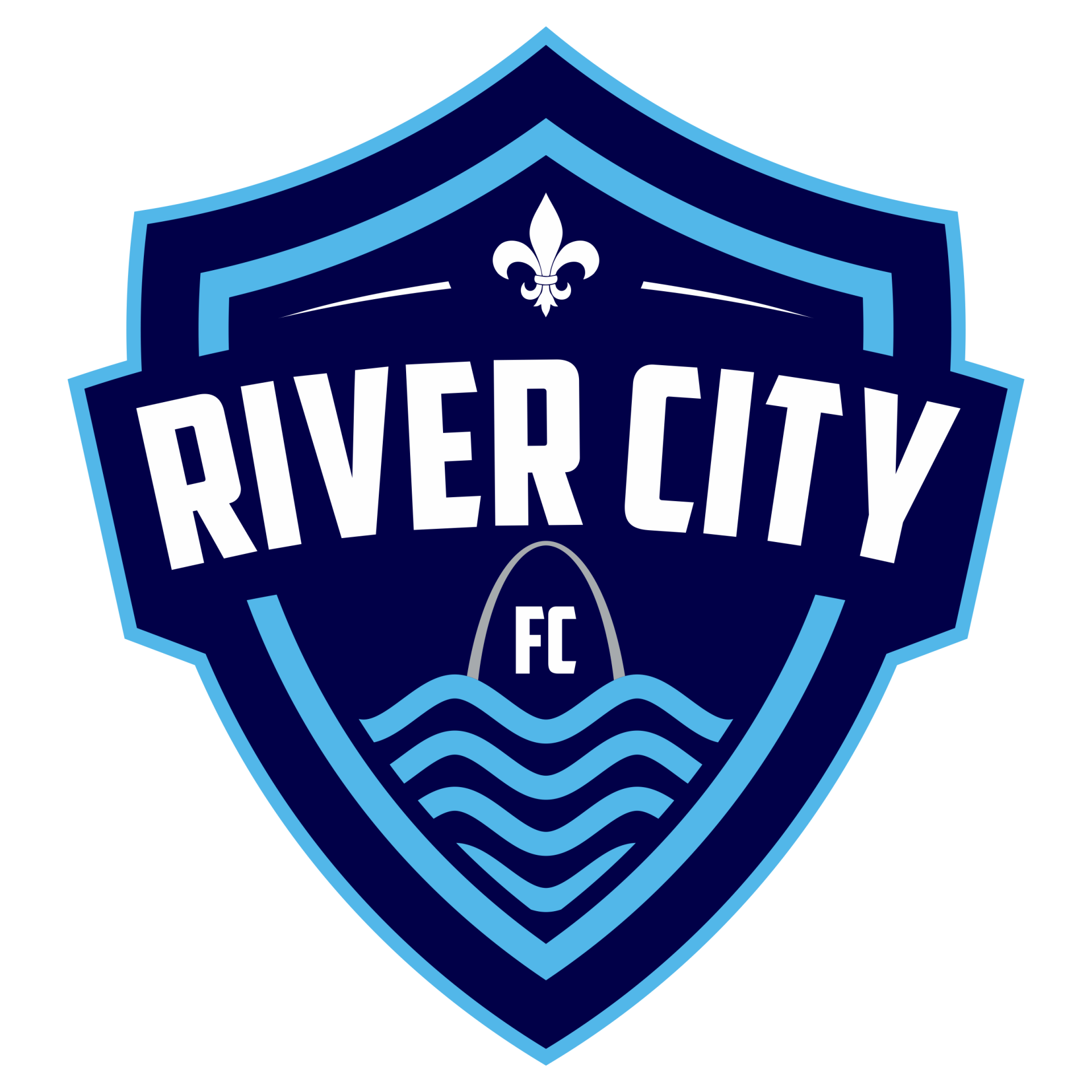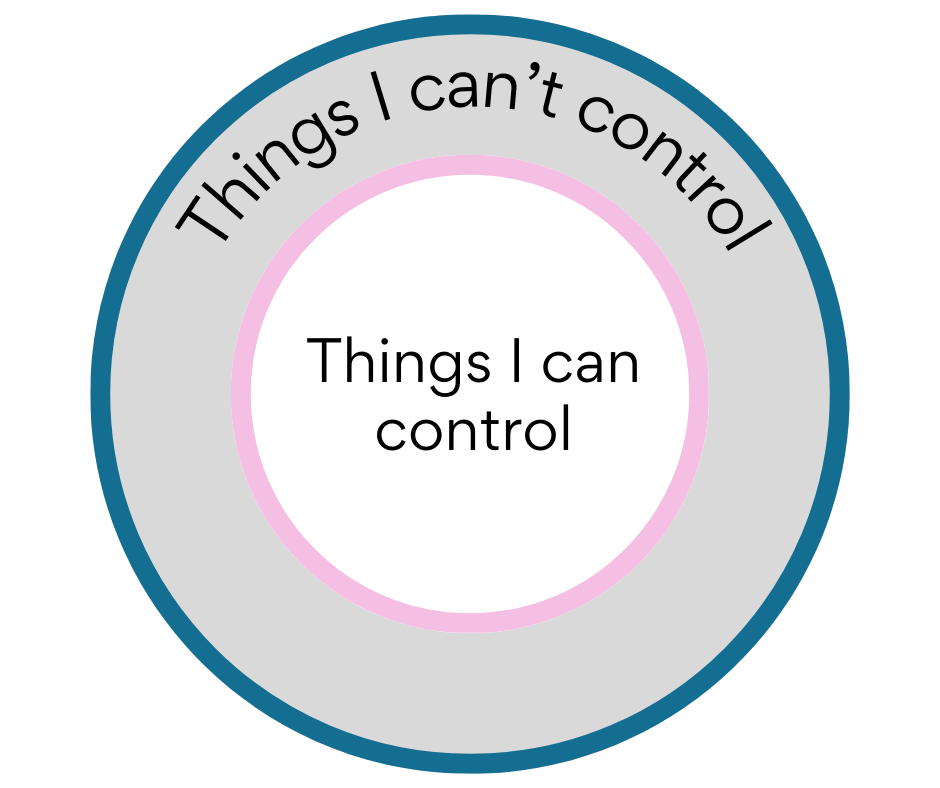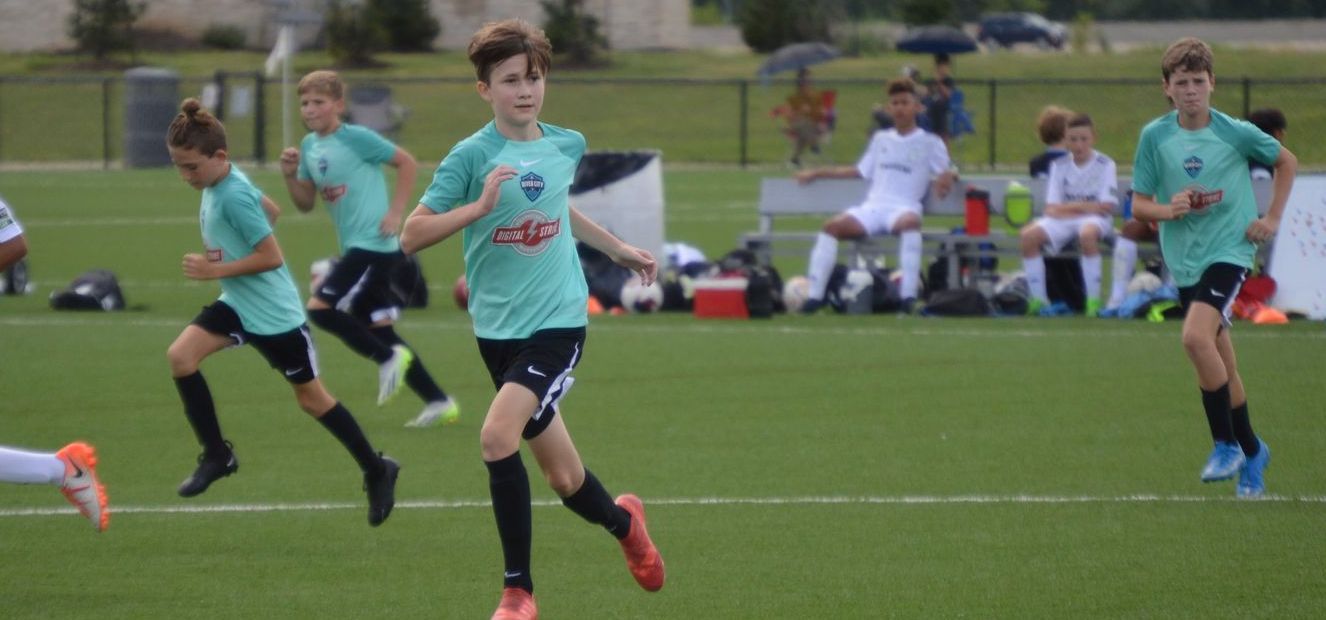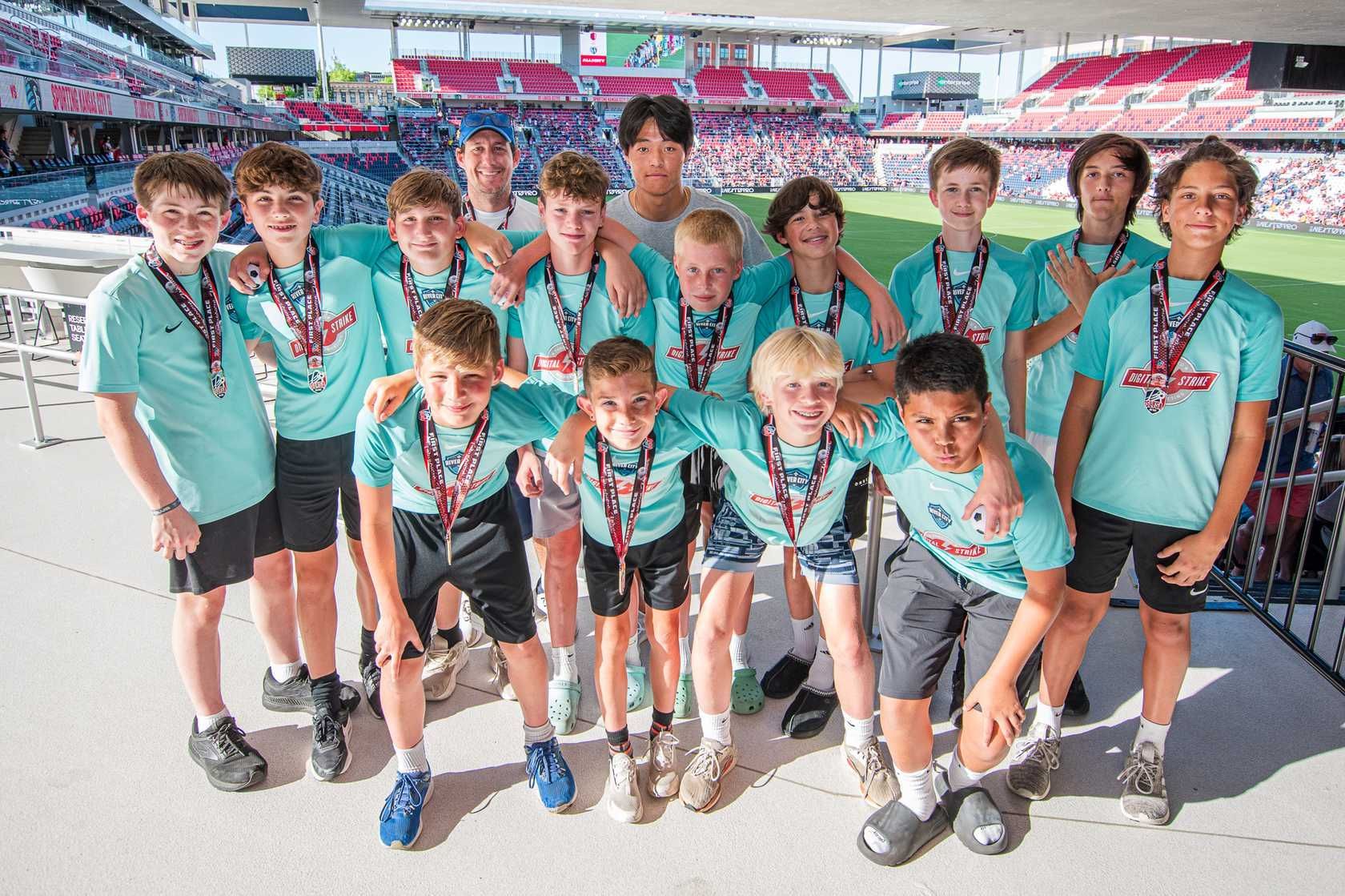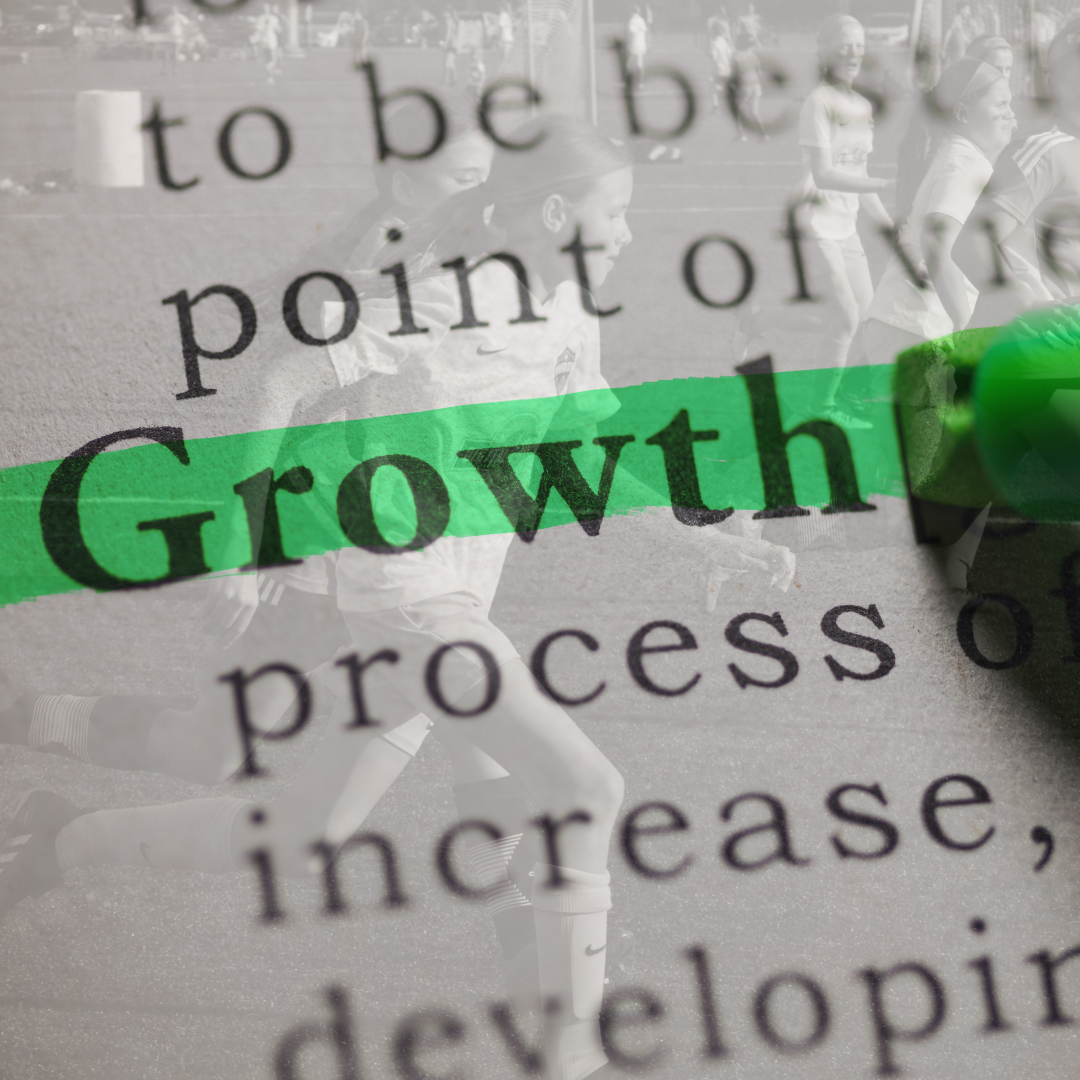The Warm Up
The Warm Up Is A Critical Piece of Match Day
It's match day! You have your game card printed, your player ids, and you are ready to go. the players are arriving and some seem excited to be there, some are sleepy, and some are talking about all the things they did the night before or are going to do later on in the day. As a coach your job is to get all of these different personalities ready to play so is your warm up going to do that.
The warm up is a critical piece to any game day routine. SO take an inventory of the warm up you have set out for your team and ask yourself these four critical questions:
- Does the warm up get the team and individuals physically ready to play the game?
- Does the warm up get the team and individuals mentally ready to play the game?
- Does the warm up get the team and individual emotionally ready to play the game?
- does the warm up get the team ready to play in the style we want them to play in all components of the game?
If the answer is to all these questions is yes, fantastic your are setting your team up for success. If you are not sure then it may be time to look at your warm up routine and start devising a new one.
Let's look at things a little more in depth.
Does the warm up get the team and individuals physically ready to play the game?
Physically readiness for the game is vital. This doesn't mean just a little stretching and a light run. being physically ready to play means breaking a sweat in the warm up and activating all the muscles in the players system that are required to play. the intensity of the warm up is critical. to light and players won't be ready and it will take actually playing in the game to warm up. To high of intensity and there is a risk for injury or pregame fatigue.
A good warm up routine to get players physically prepared will consist of good focused dynamic stretching followed by a good level of ball work that requires exertion but also allows for quality in repetition. An intensive small sided possession type game is also a good way to hit the physical readiness button as well as the other components we want to hit in the warm up.
Don't have your players needing to take the entire first half to get physically into the game. Make sure they are challenged physically in the warm up!
Does the warm up get the team and individuals mentally ready to play the game?
Sally has a birthday party this afternoon after the game. bobby is going to grandma's house when it is done. Frank and joe had a sleep over last night before the game. Jessica is a little late because mom needed to stop at starbucks for coffee and now she is upset she is late. when players show up there is a lot going on between their ears and i am sorry to say as much as we want them to be focused on the game as soon as they arrive, a very small percentage actually will be. It would be great if all players had that intrinsic motivation or focus but they don't. it is our role to get them mentally ready to play by building a warm up that requires and demands focus.
My general rule of thumb is to ask players to arrive 10-15 minutes before I actually want to start a warm up. This allows them to arrive, chat with their teammates and start to distance themselves from some of the outside events that are going on and start to bring them into focus. Giving that 10-15 minute cushion (which I don't tell parents about) allows for some late arrival without actually being late for the warm up in case there is a line at the starbucks.
Once it is time to start warm up it is important to bring the players in for a short pregame talk and always remind them that success in the game starts with a focused and intense warm up. The time for other conversations is over and we must be 100% dedicated to the task at hand. It is your job to maintain this focus and not let it deviate. Because of this it is important that the activities you select for the warm up are keeping players focused.
If the activities you are doing are too easy, or too slow in movement, players are easily going to lose focus and move off into other thoughts in their own brains but also in fooling around with each other. Those distractions are not going to have your team mentally ready to play. having lines in a warm is not a good thing so try to avoid them as they create the problems we just talked about.
The other side of the mental readiness coin is this. are your activities getting them ready for the mental demands of the game itself? Are the activities stimulating the need for good awareness with and without the ball? Are the activities demanding a good level of decision making? Are they challenging players to find space or control space defensively?
Take a look at your warm up. Is it built to demand focus from your players? Are they challenged to be game ready Mentally?
Does the warm up get the team and individual emotionally ready to play the game?
Soccer is game full of emotion and needs to be played with emotion as well. Players need to be emotionally ready to play and Finding the right balance in emotional readiness is vital for the game. If players are too nervous, have too much energy, and are too "amped" up that can be bad. On the opposite side if players are too low key, and seemingly uncaring, or unmoved by the game and competition that can be just as bad.
It is good for some players to have some nerves and for others to be not nervous at all. Each player is different but there is a good balance that is right to compete. A player that is overly nervous or overly energized emotionally may struggle in the initial part of the game because of the adrenaline that is going through their body. A player that seems to not have any excitement toward the game may struggle because of the energy of the players they are competing against. I am not saying that every player needs to be fired up and yelling and have the "eye of the tiger," but being to "low" is not a good thing.
As coaches it's our job to know the individuals of the team and their personalities so that we can help them be emotionally ready to compete. How to we keep them from being to nervous? How do we energize the ones who give off a vibe of not caring too much? Well, it's all in the warm up!
Look at your activities and progression. Do they help players get out their nervous energy? Do they get the team and individuals into the competitive mindset? Do the activities demand that players are invested in the process of preparation? Most importantly do you know the right words to say and the right way to say it to each individual and the team to get them all emotionally ready? Do you display passion that your players can look to for an example or are you so low on energy that it rubs off on the players in a negative way. Is your body language, tone of voice, and coaching style helping the players get ready for the game or is it putting them at a disadvantage before the whistle blows.
Getting players emotionally ready to play is more about us as coaches then just what activities we have set up. How we communicate with our voices and bodies will help players find their proper emotional readiness for the game. That line is different for each individual player. There isn't a one size fits all so we need to find the right ways through the activities and communication we deliver to get each player to their sweet spot emotionally.
does the warm up get the team ready to play in the style we want them to play in all components of the game?
at River City FC we want all our teams to play with energy in possession and out of possession. We want them to play good possession soccer with a focus on hurting teams as soon as possible by breaking lines of the opposition through penetration. Without the ball the expectation is that we press as individuals and a group so that the opposition can not be comfortable in possession and so that we can win the ball back as quickly as possible. If the ball isn't won back quickly then defensively we need to be organized and compact to deny penetration.
With that said, is your warm up getting your team ready to play in this style? Does your warm up have players ready to play in possession and be comfortable on the ball under pressure but also has them looking to break lines by playing through, around, or over the opposition? Does your warm up demand a transition moment if a ball is lost where players either need to retain possession or regain the ball quickly?
If we want our players to play a certain way our warm up should represent that playing style so that there is a seamless transition from warm up to expected behavior on the field. if you warm up is to have players stand in lines and pass back and forth then maybe there is a reason players aren't playing with the energy we want them to. it should then be expected behavior that when it comes time to closing down the ball defensively they are too slow to do so or if they need to create and find the right space for teammates to have support they are a step behind.
Help the players get ready to play in our style by ensuring you have activities planned that mimic that style and what the expectations are.
Last thoughts
You may have a good warm up routine but make sure it checks all the boxes so that the team and players are ready to play. A good warm up routine is vital for players of all ages. Don't be afraid to change up your warm up routine until you feel you find the best one for your team. If you coach multiple teams then one warm up routine may not work for both teams based on the individuals involved.
Once you find a good routine that gets the players prepared and answers all four of those questions with a big yes, then stick to that routine. having a standard routine in warm ups helps the mental and emotional readiness factor, don't change things up just because. if you have to change something in a warm up have a good reason to do so as it will throw the players off.
Finally, don't be afraid to give the players ownership over the warm up in some ways. Let them and in fact encourage them to bring some music to warm up to or you bring it for them. Just make sure it is appropriate. I am talking about a speaker, not ear buds for individuals. this is a fun way to work through the emotional readiness side of the warm up and can also build a positive feeling around game time.
Remember that the game starts well in advance of the first whistle. Games a lot of times are won and lost in preparation so make sure you are preparing your team the best you can. As Benjamin franklin said "Failing to prepare is preparing to fail."
